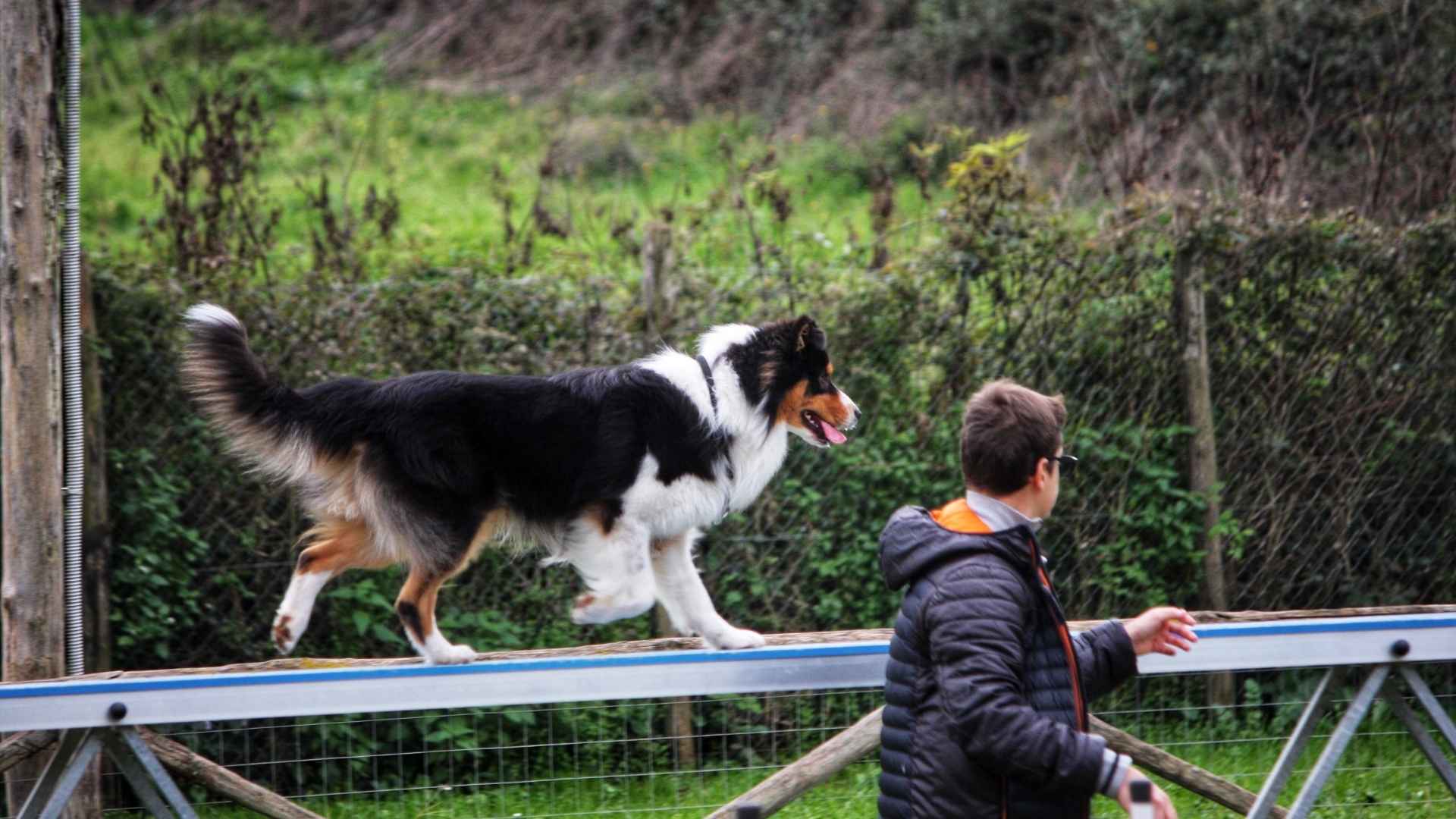You spend weeks teaching “come”—and your dog still acts like it’s a suggestion. You try treats, praise, and even toys. Still, nothing works every time. Sound familiar?
Some dogs need repeated training, and that’s okay. But others? They get it—fast. No frustration. No second-guessing. Just results. For busy people or first-time owners, having a dog that responds quickly to commands can change everything.
It means less repetition, more trust, and fewer moments where you wonder if your dog’s ignoring you on purpose. These breeds aren’t just smart—they’re listeners. They want to work with you, not against you.
If you’re tired of repeating yourself, you’re not alone. This article highlights the dog breeds that consistently follow commands after just a few repetitions—and why they’re some of the easiest to train.
Dog Breeds That Follow Commands After Few Repetitions
1. Australian Shepherd
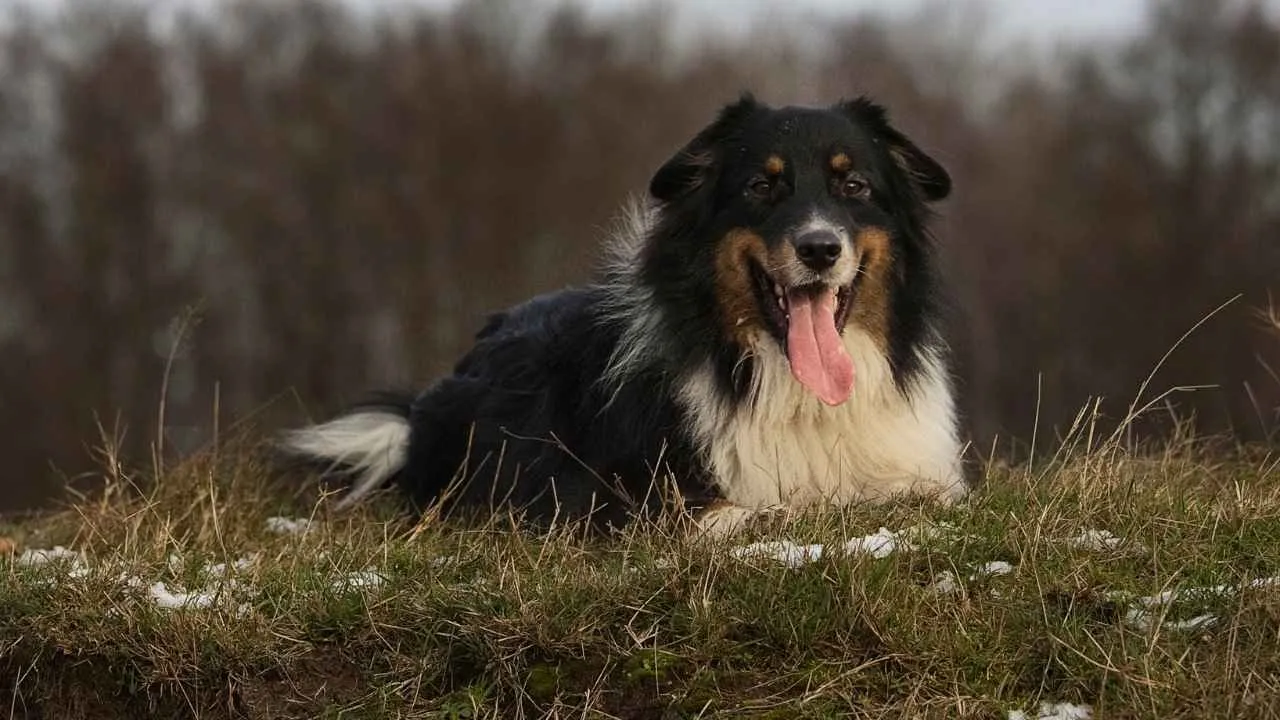
Australian Shepherds are known for grasping new commands within a few repetitions, especially when tasks involve structure and movement. Their working background makes them quick to spot behavioral cues, even without a full verbal command. This helps trainers and handlers reinforce actions faster.
Active Mind, Focused Drive
They thrive on mentally stimulating activities that require accuracy, timing, and control, as per Collie Ball. This drive to complete tasks makes them one of the most reliable choices among obedient dog breeds. Their consistency in performance has made them a preferred pick for agility and trial events.
Listening Under Distraction
This breed maintains focus even in noisy or highly stimulating environments, which reflects its livestock management roots. Commands are followed closely, often without the need for repetition, in outdoor, fast-paced settings. This quality also supports strong recall training.
Bond-Based Responsiveness
Australian Shepherds tend to build deep working relationships with their humans, which enhances their ability to understand expectations. They often anticipate the next instruction before it’s even fully delivered. That sensitivity and drive also make them great family pets when properly exercised.
2. Doberman Pinscher
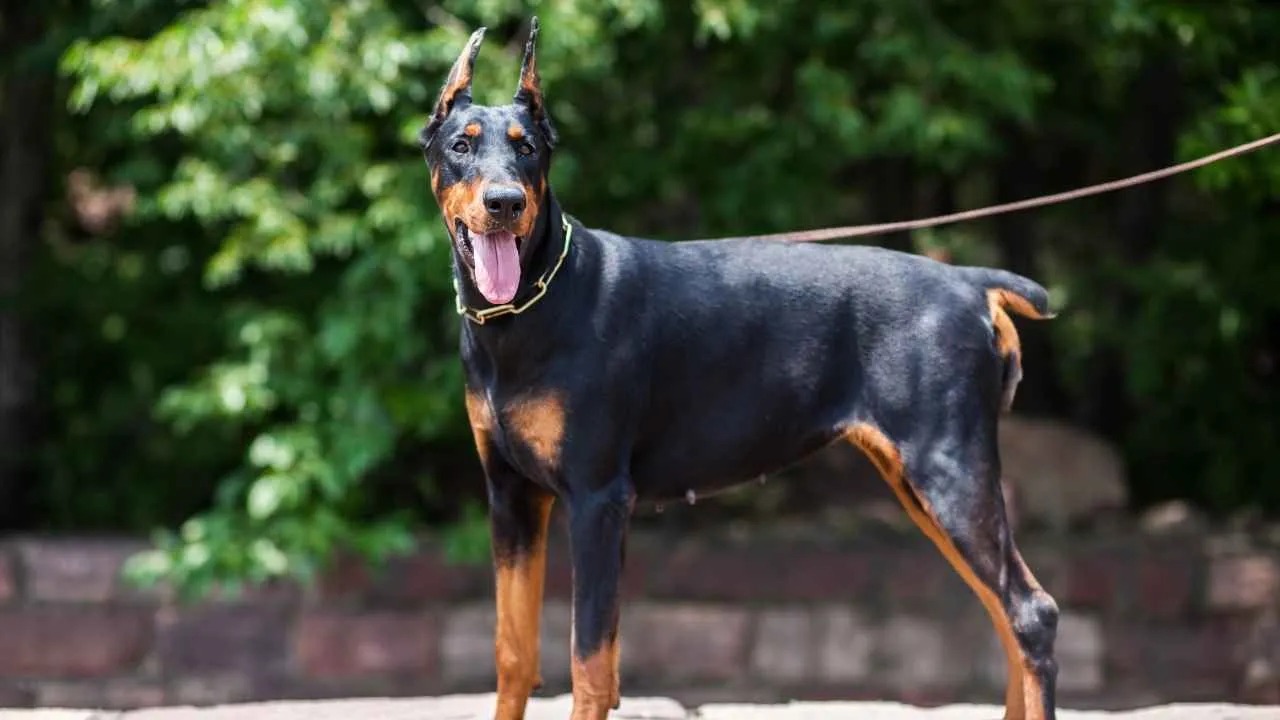
Dobermans have sharp pattern recognition, allowing them to respond accurately to new commands after minimal repetition. They’re especially fast at understanding boundary-based training. Their memory retention is consistently praised in structured obedience sessions.
Drive and Trainability
This intelligent breed shows strong performance in tasks requiring attention, responsiveness, and consistency. Trainers often use varied command tones and pacing, and Dobermans quickly adapt to each with ease. These qualities are valued in both civilian and working roles.

Purposeful Engagement
Without enough mental stimulation, their behavior may shift toward restlessness or over-alertness indoors. Purpose-driven exercises like scent work or obstacle courses help balance their high energy. They learn better when the task feels connected to a goal or role.
Control Around Distractions
Dobermans can maintain discipline even in the presence of other animals when trained with early socialization. They tend to stay focused under pressure, especially in competitive environments. Their accuracy and speed also make them top performers in canine sports.
3. Belgian Malinois
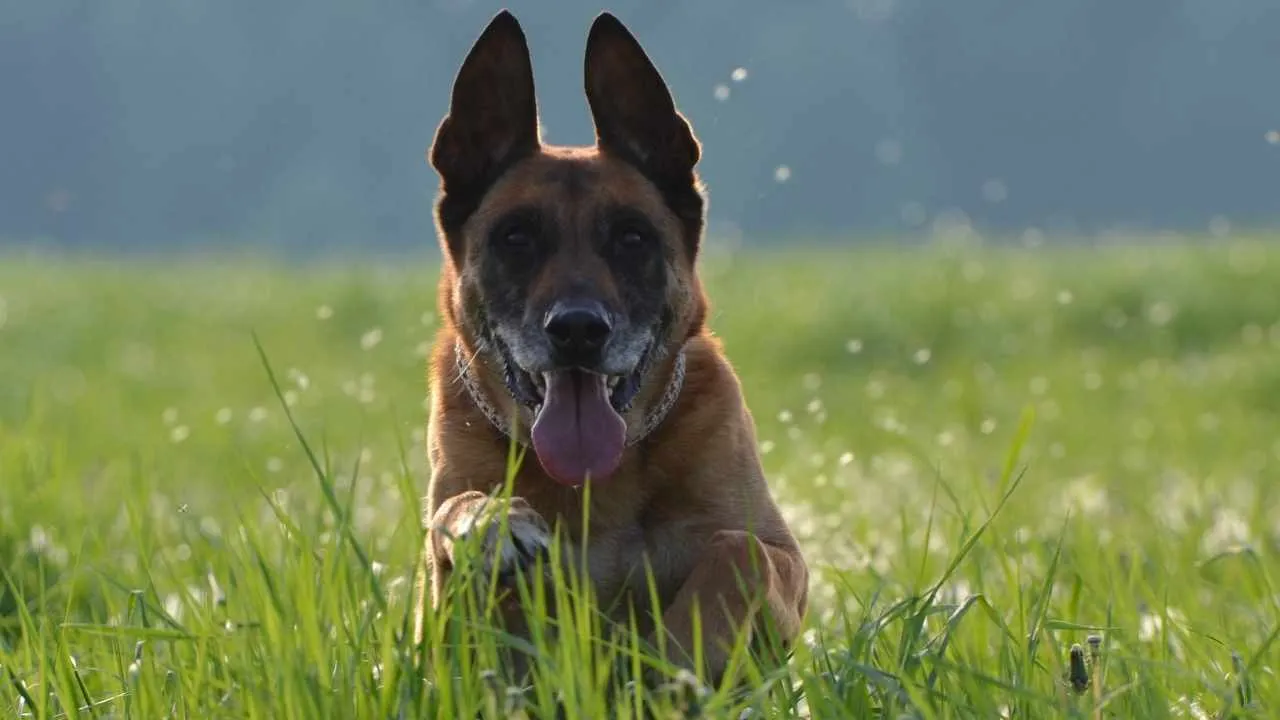
Belgian Malinois are highly task-focused, often able to pick up new commands within a few repetitions when mentally engaged, as mentioned in WebMD. Their fast pattern recognition supports real-time response, especially when learning directional or protective drills. This makes them ideal for dynamic fieldwork.
Command Retention in Motion
Even during physical exertion, the breed maintains sharp listening and directional awareness. They’re known for recalling layered commands under distraction, especially during bite work or search drills. Many consider them among the smartest dogs used in tactical environments.
Daily Engagement Requirements
This breed requires regular mental stimulation to maintain responsiveness and avoid distraction. When given repetitive, structured learning, it tends to retain instructions faster than many others. This keeps their training pace consistent and their attention sharp.
Role-Focused Behavior
Their instincts go beyond learning — they actively search for what needs to be done and wait for input. As a natural guard dog, they treat commands as permissions to act rather than questions. This drive adds purpose to every training interaction.
4. German Shepherd

German Shepherds excel in interpreting and repeating commands through visual and verbal cues. Their sharp recognition skills allow them to act before full instruction ends. That rapid comprehension has positioned them among the most dependable working breeds globally.
Mental Stamina in Obedience
They perform well during long sessions without losing attention or response quality. Their ability to retain structure across new tasks shows a clear natural ability to stay consistent. This quality has made them a preferred breed for complex security and protection roles.
Adaptability in Multi-Dog Settings
Whether working alongside people or other dogs, German Shepherds adjust their behavior based on the environment, as per the AKC. They do not lose command clarity even in high-stimulation or noisy areas. This awareness makes them dependable for coordinated group work.
Training Built on Structure
They respond best when consistent training routines are paired with task-based exercises. Their logical mindset allows handlers to progress quickly, making them incredibly easy to train. Precision and timing during practice contribute to lasting behavioral patterns.
5. Miniature Schnauzer
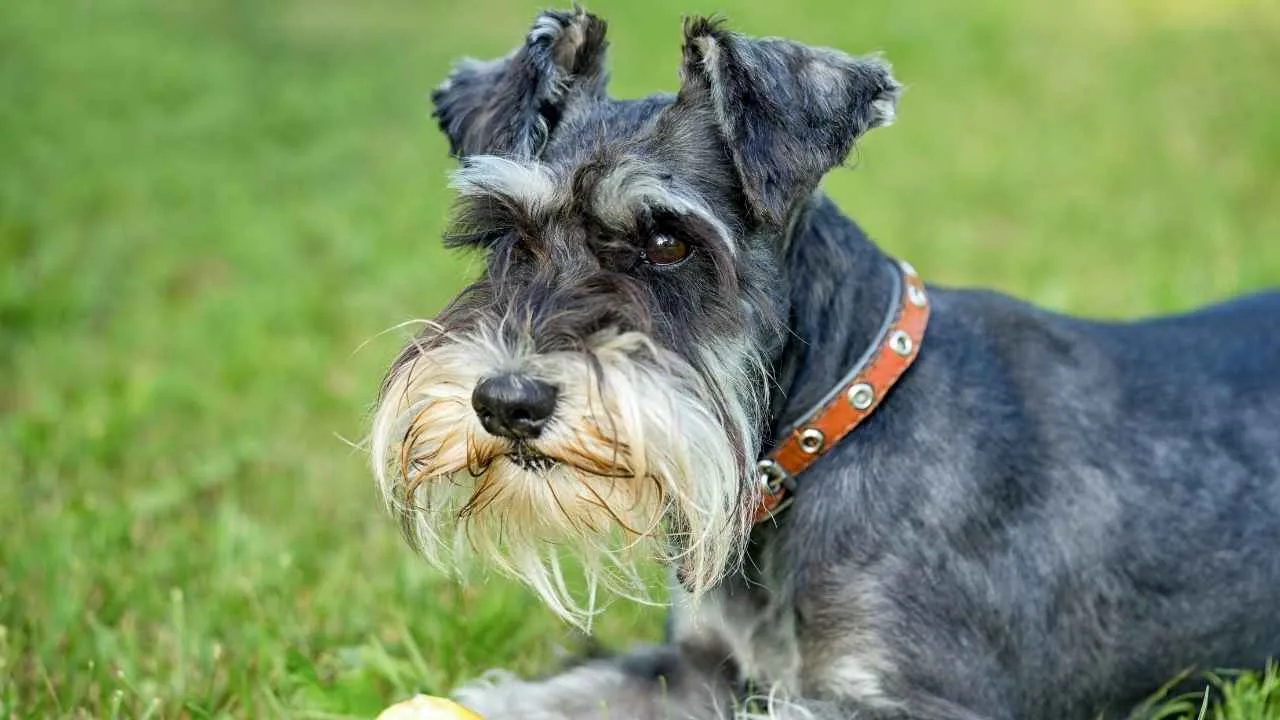
This breed responds quickly to vocal cues when commands are taught with consistency and clarity. Their alert personality and active listening help them identify subtle differences in tone. Repetition rates stay low, especially when routines are reinforced in short bursts.
Observational Learning
Miniature Schnauzers excel at studying patterns and often rely on observing human body language during training. They tend to match gestures with commands, making non-verbal communication especially effective. Their attentive gaze supports faster comprehension over time.
Natural Working Focus
They were originally bred as farm dogs with a role in guarding and rodent control, which shaped their alert mindset. Their desire to stay involved keeps them engaged even during repetitive tasks. That focus makes them easier to train than many other breeds.
Independent but Cooperative
Although they have an independent streak, they remain eager to solve tasks and complete commands once they understand expectations. They often excel in structured settings where direction is paired with feedback. Their energy level demands frequent mental challenges.
6. Border Collie

Did You Know: A Border Collie named “Chaser” was reported to recognize over 1,000 words — a feat backed by years of consistent language-based training.
Border Collies are known for processing and executing new commands in very few repetitions. This trait is tied to their instinctive ability to analyze motion and human cues. With structured training, their response rate is faster than many breeds tested for recall and accuracy.
Focus During Activity
Their mental stamina allows them to remain engaged in a task without distraction, even in extended or chaotic environments. This trait has placed them at the top in obedience competitions worldwide. Their success is driven by both work ethic and situational awareness.
Intelligence and Memory
Repeated studies and trainer reports consistently rank the Border Collie as a top intelligent dog breed. They remember patterns, voice tones, and hand signals without repeated drilling. This cognitive sharpness is central to their performance in advanced training routines.
Purpose-Driven Instincts
As a traditional herding breed, they are genetically inclined to respond to movement-based cues and structured roles. This makes them naturally receptive to commands that are goal-oriented or time-sensitive. Their body positioning often anticipates what comes next.
7. Golden Retriever
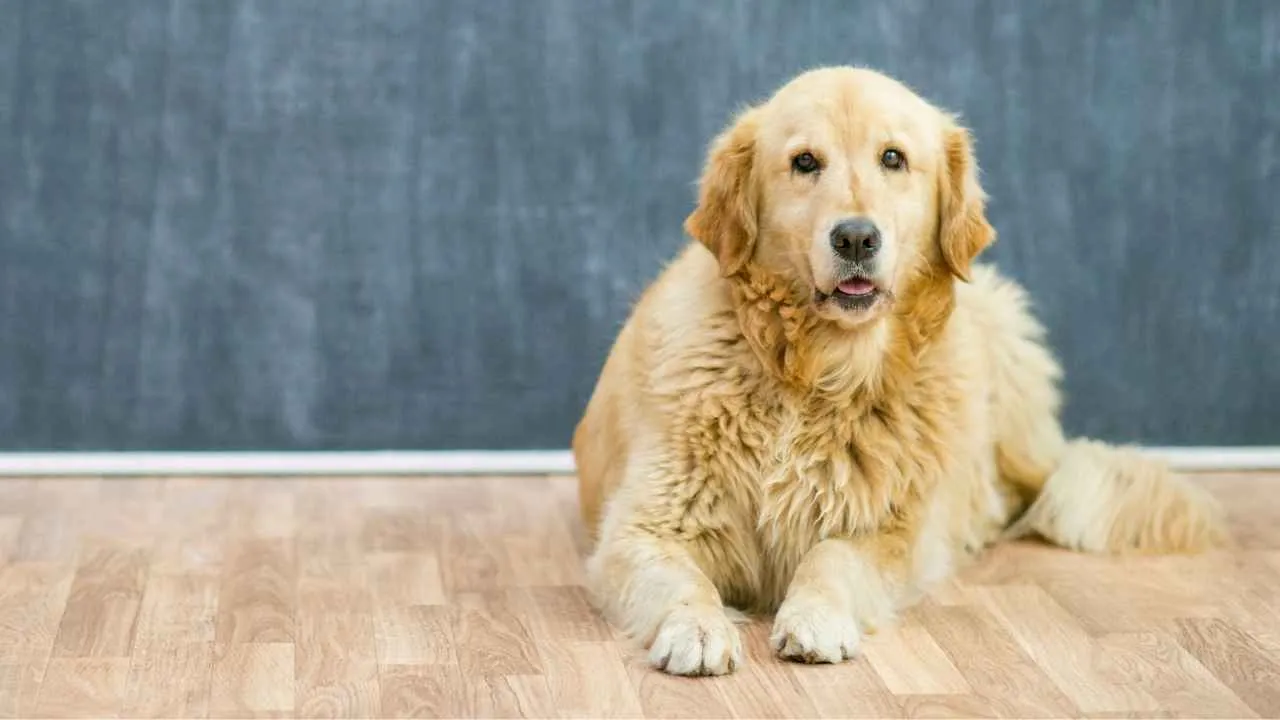
Golden Retrievers respond well to structured training because they’re food-driven and eager to please. These qualities allow handlers to build clear associations with fewer repetitions. Their motivation often makes them stand out in competitive obedience tasks.
Strong Physical and Mental Balance
They combine a calm demeanor with natural athleticism, helping them retain both mental focus and physical coordination during training. This balance allows them to follow movement-based commands in high-distraction environments. Their composure supports faster obedience under pressure.
Consistency in Recall and Response
Even with casual at-home routines, they often respond accurately to verbal and hand signals after limited practice. They’re especially receptive when sessions include reward rotation or praise. Regular exercise supports this consistency by reducing restlessness and sharpening attention.
Curiosity That Fuels Obedience
Their desire to interact and explore is tied to a natural interest in mastering new tricks. Trainers often use this trait to turn basic instructions into games that build faster retention. Providing mental enrichment can significantly enhance their overall learning rate.
8. Australian Cattle Dog
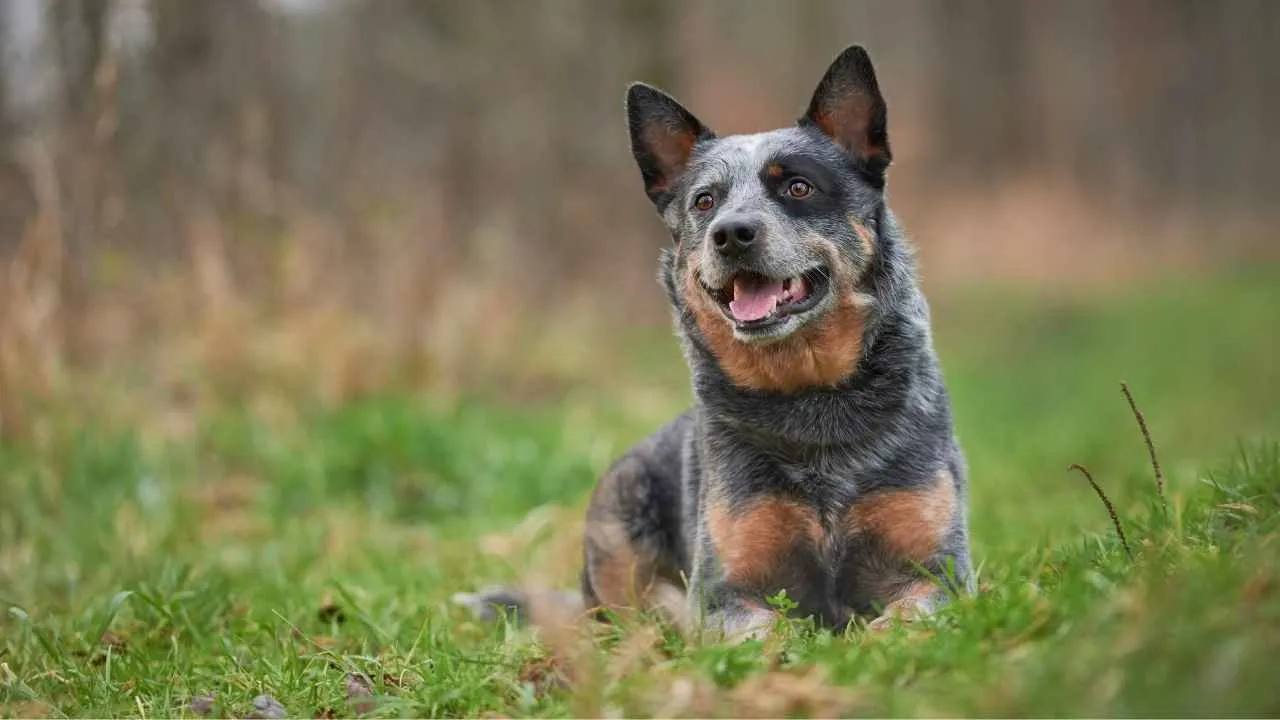
The Australian Cattle Dog thrives in high-demand environments where decisions must be quick and controlled. It picks up on patterns fast and responds well to task-based commands. This makes it a strong choice for handlers who need execution with minimal reinforcement.
Energy with Direction
With boundless energy, this breed seeks movement that comes with purpose — herding, obstacle work, or advanced recall drills. It channels that drive into physical tasks when paired with structured routines. That routine is what helps solidify instructions early in training.
Mental Stamina and Focus
A sharp mind allows this dog to remember detailed commands even in unfamiliar places or under shifting conditions. They don’t rely on repetition to retain orders — instead, they use environmental clues to adapt. This type of memory and application is rare in fieldwork.
Reinforcement Through Routine
The breed excels when it knows what’s expected, using routine to lock in behavior. Repeating drills across different surfaces or locations further strengthens command retention. Its pattern recognition supports advanced obedience and timing accuracy without added complexity.
9. Labrador Retriever

Labradors show strong short-term retention of basic commands during the early stages of training. Their repetition-based learning style works well for both new and experienced dog owners. With clear cues and positive reinforcement, they begin responding within just a few rounds.
Driven by Rewards
This breed responds quickly when motivation is tied to food, praise, or physical play. Their eagerness to please blends well with structured obedience routines. Trainers often note that their willingness can speed up the learning process during task-specific drills.
Calm Learning Under Pressure
Labs handle distraction-heavy environments without losing focus on their handlers. Whether working in open parks or group sessions, they hold attention long enough to retain what’s being taught. That steadiness is useful during advanced command development.
Strong Adaptation in Roles
From service animals to hunting companions, Labradors adjust their behavior based on the expectations of the task. Their ability to understand tone, gesture, and body language helps them execute instructions with minimal confusion. This contributes to their long-term reliability.
10. Papillon
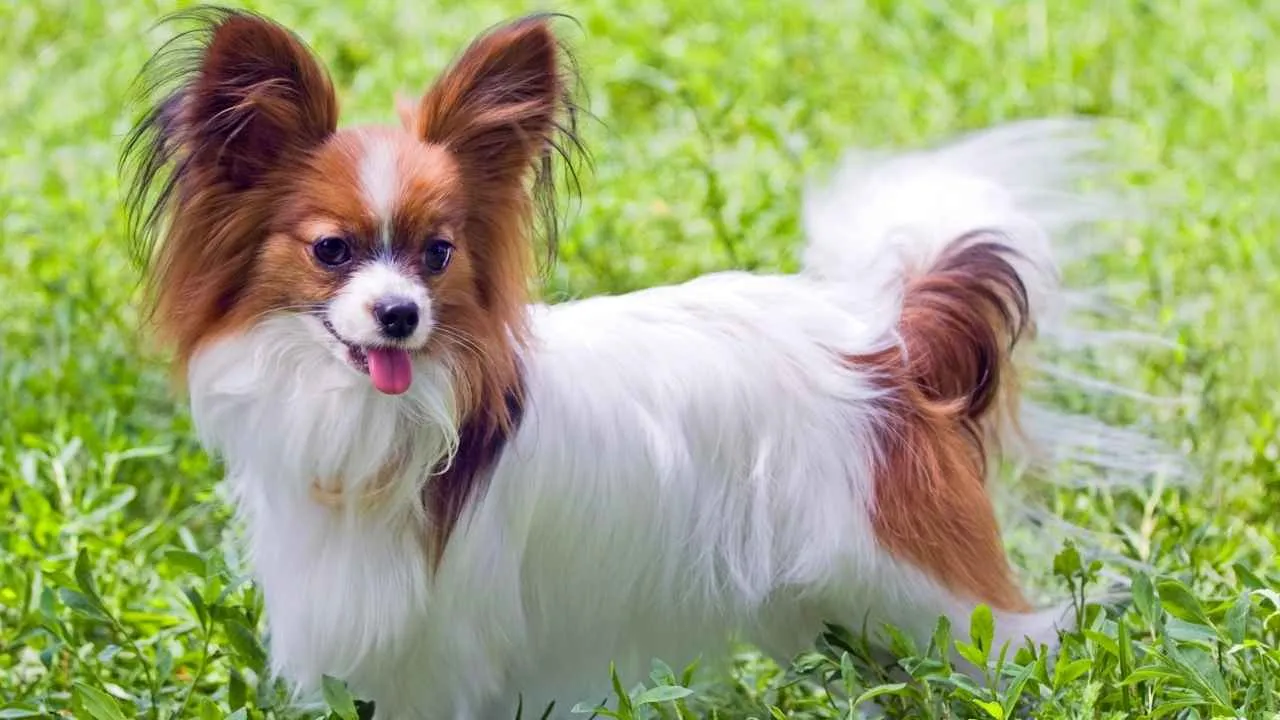
Papillons are quick to notice even subtle gestures, making them easy to train with minimal command repetition. Their alert expression is backed by an active brain that reads tone and motion. This helps them respond quickly, especially in structured indoor environments.
High Retention in Training
They memorize tasks through short, focused sessions, performing better when commands are rotated frequently. Their brain is wired for learning sequences rather than isolated actions. This makes them a favorite in obedience circles where precise execution is needed.
Reacts to Voice and Cue Shifts
This breed doesn’t rely on volume or repetition — they respond well to small shifts in tone or posture. Their responsiveness isn’t limited to food-based reward systems. Many trainers find their eagerness just as reliable as that of much larger working dogs.
Energy Channeled into Focus
Papillons have a naturally energetic body, and their mental stimulation needs are just as high. When properly engaged, that energy turns into focused attention toward whoever is guiding them. This mental sharpness works well in environments where agility and quick action matter.
Conclusion
Some dogs just get it—you ask once, they respond. These are the most obedient dogs, built for teamwork and tuned into your tone.
From loyal service dogs to energetic workers, their ability to follow commands sets them apart. Whether you’re drawn to a popular dog breed or looking for small dog breeds that train just as well, obedience makes life easier.
Many of the breeds in this list are also ranked among the smartest dog breeds, making them quick learners. If you value clarity and connection, these above-listed breeds deliver both, without the need for constant repetition.


